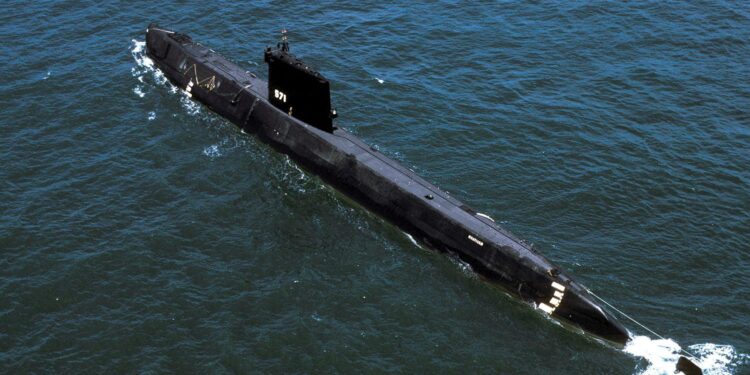The federal government is preparing to make a significant investment in Canada’s naval capabilities, eyeing new submarines from either South Korea or Germany. According to the Ottawa Citizen, this move is part of a broader effort to modernize the Royal Canadian Navy’s fleet amid growing strategic challenges in the maritime domain. With the decision expected to bolster national security and reinforce Canada’s role in global defense partnerships, officials are now evaluating bids from leading international manufacturers to determine the best fit for the country’s evolving needs.
Feds Weigh Strategic Benefits of South Korean and German Submarine Offers
The federal government is currently assessing proposals from both South Korea and Germany as it seeks to modernize its naval capabilities with a new fleet of advanced submarines. Decision-makers are focusing on the strategic advantages each offer could bring, including technological innovation, cost-effectiveness, and geopolitical partnerships. South Korea’s offer highlights cutting-edge stealth technology and rapid production timelines, while Germany emphasizes a proven track record of durability and integration with existing NATO defense systems.
Key factors under review:
- Technological Sophistication: Advances in sonar-evading systems and weapons integration
- Economic Impact: Potential for domestic job creation and industrial collaboration
- Strategic Partnerships: Strengthening ties with allies in volatile regions
- Lifecycle Cost: Evaluation of maintenance and operational expenses over decades
| Criteria | South Korean Offer | German Offer |
|---|---|---|
| Stealth Technology | Next-gen acoustic dampening | Proven low-detection design |
| Production Time | 4 years per unit | 5-6 years per unit |
| Strategic Alliance | Expanding Asia-Pacific ties | Established NATO collaboration |
| Cost Efficiency | Competitive pricing with subsidies | Higher upfront cost, lower upkeep |
Assessing Technological Capabilities and Defense Compatibility of Potential Vendors
When evaluating potential suppliers for the new submarine fleet, Ottawa is placing significant emphasis on the technological prowess of manufacturers from both South Korea and Germany. The key factors include advanced stealth capabilities, propulsion systems, and integration of next-generation sonar technology. These features are crucial for ensuring the vessels can operate effectively in diverse underwater environments while maintaining a tactical edge against evolving threats. The government is also scrutinizing the suppliers’ ability to adapt their platforms for the specific operational demands of the Royal Canadian Navy, including long-range endurance and interoperability with allied forces.
Beyond technology, the compatibility with defense standards and existing infrastructure is a critical factor influencing the decision. Ottawa requires that chosen vendors demonstrate seamless integration with Canada’s current command and control systems, as well as compliance with stringent security protocols to safeguard sensitive information. This review process includes:
- Assessment of cybersecurity measures
- Evaluation of maintenance and lifecycle support capabilities
- Verification of supply chain security and resilience
- Compatibility with allied naval forces’ communication protocols
| Criteria | South Korean Vendor | German Vendor |
|---|---|---|
| Stealth Technology | Integrated Low-Noise Propulsion | Advanced Acoustic Dampening Systems |
| Operational Range | 10,000 Nautical Miles | 9,500 Nautical Miles |
| Command System Compatibility | High Integration Capability | Modular, Upgradable Interface |
| Cybersecurity Features | Embedded Encryption Protocols | Real-Time Threat Detection |
Recommendations for Ensuring Transparency and Strengthening Canada’s Naval Fleet Future
To Wrap It Up
As Ottawa moves forward with its plan to procure new submarines from either South Korea or Germany, the decision marks a significant step in modernizing Canada’s naval capabilities. With both contenders offering advanced technology and strategic advantages, the choice will reflect not only defense priorities but also broader geopolitical considerations. The coming months will be pivotal as officials finalize evaluations and prepare to strengthen Canada’s maritime presence for decades to come.














![Leyla Aliyeva visits Azerbaijan National Carpet Museum [PHOTOS] – AzerNews](https://europ.info/wp-content/uploads/2025/12/3035623-leyla-aliyeva-visits-azerbaijan-national-carpet-museum-photos-azernews-120x86.jpg)

